Ever walked through the fresh produce aisle and been captivated by those vibrant, tender greens labeled as “baby lettuce”? You’re not alone. These greens have taken the culinary world by storm, and for good reason. But what exactly is baby lettuce? Let’s dive in!
What is Baby Lettuce?
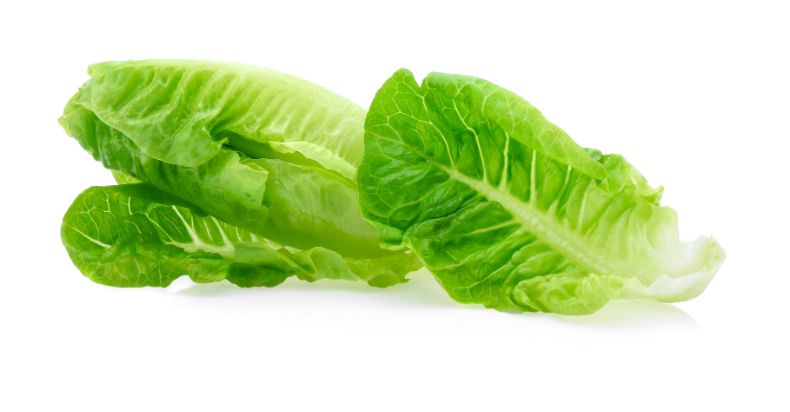
Baby lettuce, often referred to as “baby greens,” are the young, tender leaves of the lettuce plant, harvested before they reach full maturity.
This early harvest ensures that the leaves retain a soft texture and a mild, often sweet flavor, distinct from the sometimes bitter taste of mature lettuce leaves.
The term “baby” in baby lettuce doesn’t refer to a specific variety of lettuce but rather to its age. Just as we have baby carrots, which are simply younger versions of regular carrots, baby lettuce is just a younger version of the lettuce varieties we’re familiar with, like romaine, butterhead, and iceberg.
Why is it so popular?
The appeal of baby lettuce goes beyond its taste. Its delicate texture makes it a favorite for gourmet salads and upscale restaurants. Moreover, its smaller size means it’s often sold as a mix, providing a variety of flavors and textures in one package.
This mix can include red and green romaine, oak leaf, and more, offering a colorful and flavorful base for any salad.
What is Babyleaf?
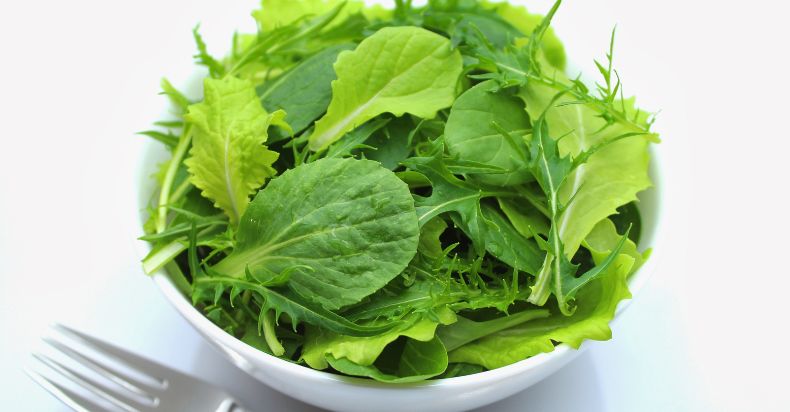
Babyleaf is a term that encompasses a broader range of young leaves, not limited to lettuce. This can include young spinach, arugula, mustard greens, and even herbs. They’re harvested at a similar stage as baby lettuce, ensuring a delicate texture and mild flavor.
Why is babyleaf a culinary favorite?
Chefs and home cooks alike appreciate the versatility of babyleaf. Because it includes a mix of greens, it offers a symphony of flavors – from the peppery kick of young arugula to the earthy notes of baby spinach.
This makes babyleaf an excellent choice for those looking to elevate their salads, wraps, and even smoothies.
What is Small Lettuce Called?
While “baby lettuce” is the term most commonly used in supermarkets and recipes, there are other names you might encounter. “Babyleaf” is one, as mentioned earlier. In some regions or markets, it might simply be labeled as “young lettuce” or “tender greens.”
Regardless of the name, the key characteristic is the same: these are young, tender leaves harvested before the plant reaches full maturity.
Why the emphasis on ‘small’ or ‘young’?
The youth of the plant plays a significant role in its taste and texture. As plants mature, they often develop stronger, sometimes bitter flavors.
By harvesting them young, farmers ensure that the leaves retain their mild, often sweet flavor, making them a favorite for a wide range of dishes.
Difference Between Baby Leaf and Lettuce
At first glance, the terms “baby leaf” and “lettuce” might seem interchangeable. However, there’s a nuanced difference that’s essential for culinary enthusiasts and health-conscious individuals alike.
Baby Leaf:
This term is an umbrella for all young, tender leaves harvested before reaching full maturity. It’s not exclusive to lettuce. Think of baby spinach, young arugula, or tender kale.
These greens, when harvested young, all fall under the “baby leaf” category. Their shared characteristic is their age, which gives them a softer texture and often a milder flavor compared to their mature counterparts.
Lettuce:
Lettuce is a specific type of plant. There are various varieties of lettuce, like romaine, iceberg, and butterhead. When these are harvested young, they become “baby lettuce.”
However, mature lettuce has a distinct texture and flavor profile, often being crunchier and sometimes slightly bitter.
Why does this distinction matter?
Understanding the difference can help you make informed choices in the kitchen. While baby leaves are versatile and can be used in a range of dishes from salads to smoothies, mature lettuce varieties might be better suited for specific recipes, like Caesar salads or lettuce wraps.
Baby Greens vs. Greens
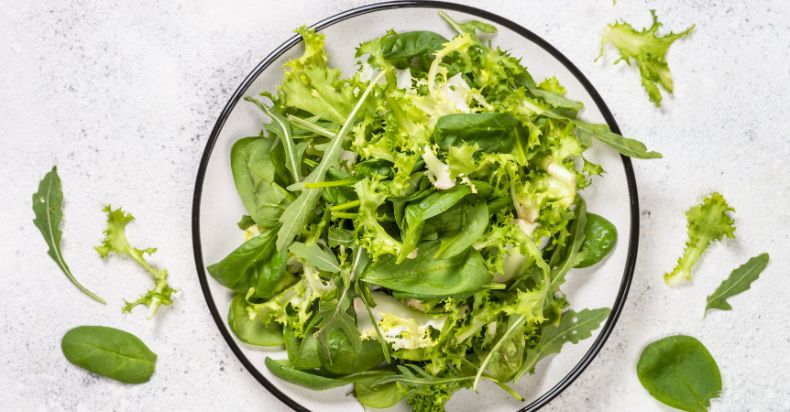
The age of the plant plays a pivotal role in its nutritional content, flavor, and culinary application.
Baby Greens:
These are young plants, harvested earlier than their mature counterparts. This early harvest results in a tender texture and often a sweeter, milder flavor.
Nutritionally, baby greens are believed to be denser in certain nutrients, as the young plant packs its energy and nutrients into a smaller space.
Greens:
These are mature plants. They’ve had more time to grow, develop, and sometimes, become tougher in texture and stronger in flavor. For instance, mature kale can be quite fibrous and robust, making it ideal for cooking rather than raw consumption.
Why choose one over the other?
It boils down to personal preference and the intended culinary application. While baby greens are perfect for salads and light sautés, mature greens can hold up to longer cooking times and robust flavors.
Baby Greens vs. Mixed Greens
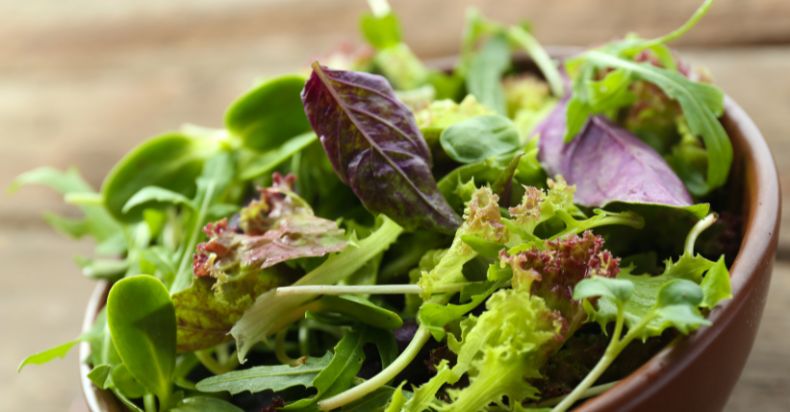
Here’s where things get a tad more intricate. Both these terms can be found on salad mixes in supermarkets, but they aren’t the same.
Baby Greens:
As previously discussed, these are young, tender leaves of various plants. A package labeled “baby greens” will typically contain a mix of these young leaves, like baby spinach, baby arugula, and baby lettuce.
Mixed Greens:
This term is broader. It can include a combination of mature and baby leaves. For instance, a mixed green package might have mature spinach, baby romaine, and mature radicchio.
It’s a medley of textures and flavors, providing a diverse salad experience.
Which is better?
Neither is superior; it’s about the experience you’re seeking. If you want a uniformly tender salad with milder flavors, baby greens are your go-to.
For a varied texture and a broader flavor profile, mixed greens are the choice.
Baby Greens vs. Microgreens
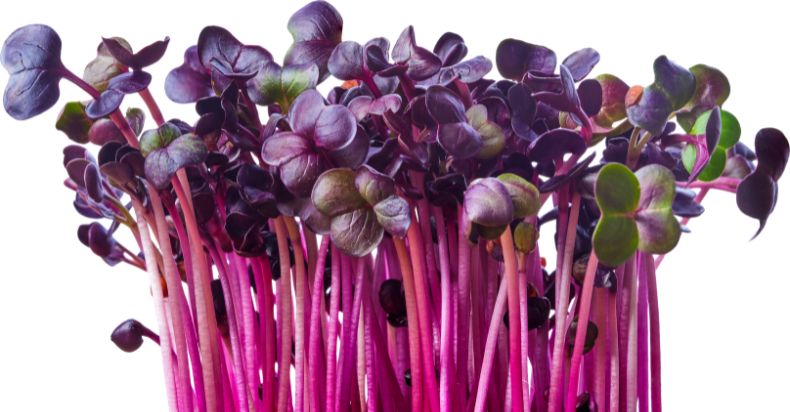
At first glance, baby greens and microgreens might seem similar due to their small size, but they’re distinct in their growth stages and uses.
- Growth Stage: Microgreens are harvested just after the first true leaves (cotyledons) have developed, making them even younger than baby greens. Baby greens are allowed to grow a bit longer, developing a more defined leaf structure.
- Flavor and Texture: Microgreens have a concentrated flavor, often more potent than baby greens. Their texture is incredibly delicate, making them ideal for garnishes and fresh consumption.
- Nutritional Value: Both are nutrient-dense, but microgreens often have a higher concentration of certain vitamins and antioxidants due to their young age.
- Culinary Uses: While baby greens are versatile in both cooked and raw dishes, microgreens are primarily used raw to preserve their delicate texture and flavor.
Baby Greens vs. Spring Mix
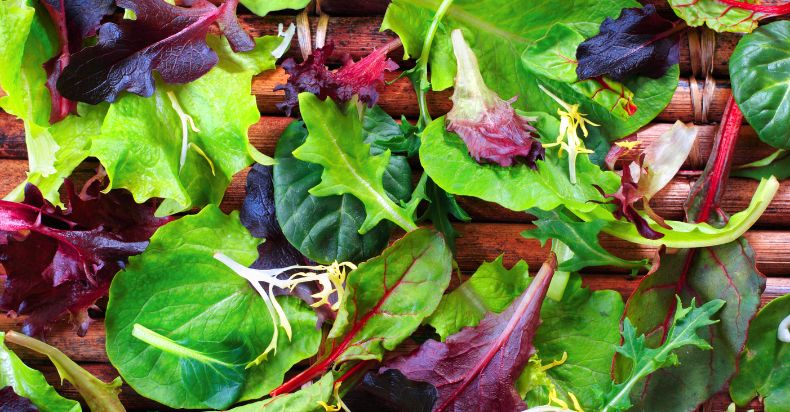
Both these terms are often seen on salad mixes, but what sets them apart?
- Composition: A spring mix typically includes a variety of baby greens. It’s a blend of young leaves from various plants, offering a medley of flavors and textures. Baby greens, on the other hand, can be a single type or a mix.
- Flavor Profile: Spring mixes are designed to provide a balanced flavor profile, from the mildness of baby lettuce to the peppery punch of young arugula.
- Texture: Both offer a tender texture, but a spring mix might have a broader range due to the inclusion of various baby greens.
- Culinary Uses: Both are primarily used in salads but can also be incorporated into wraps, sandwiches, and light sautés.
The Health Benefits and Nutrition
Are Baby Greens Healthy?
Absolutely! Baby greens, including baby lettuce, are nutritional powerhouses. Their tender age means they often retain more nutrients than their mature counterparts.
But what makes them so special?
- Rich in Vitamins: Baby greens are packed with essential vitamins like vitamin A, which is crucial for vision and immune function, and vitamin C, an antioxidant that aids in skin health and wound healing.
- Mineral Content: They are a good source of essential minerals like iron, which helps in transporting oxygen throughout the body, and calcium, vital for bone health.
- Antioxidants: These young leaves are rich in antioxidants, compounds that help combat oxidative stress in the body. Oxidative stress can lead to chronic diseases, so consuming foods high in antioxidants can be beneficial for long-term health.
- Low in Calories: Baby greens offer a nutrient-dense option for those watching their caloric intake. They provide a plethora of nutrients with minimal calories, making them an excellent choice for weight management.
- Dietary Fiber: While they might be small, baby greens are a good source of dietary fiber, which aids in digestion and promotes a feeling of fullness.
Baby Lettuce Nutrition and Benefits
Baby lettuce, being a member of the baby greens family, shares many of the health benefits mentioned above. But let’s get specific:
- Nutritional Profile: A serving of baby lettuce is particularly high in vitamin A and K. Vitamin K plays a crucial role in blood clotting and bone health.
- Hydration: Baby lettuce has a high water content, making it a hydrating food choice, especially during hot weather.
- Digestive Health: The fiber content in baby lettuce can aid digestion, preventing constipation and promoting regular bowel movements.
- Weight Management: Low in calories but high in nutrients, baby lettuce can be a staple for those looking to manage their weight without compromising on nutrition.
- Skin Health: The antioxidants and vitamins in baby lettuce can contribute to healthy skin, reducing signs of aging and promoting a natural glow.
Why is baby lettuce a staple in healthy diets?
The combination of being low in calories, rich in nutrients, and versatile in culinary applications makes baby lettuce a favorite among nutritionists and health enthusiasts.
Whether you’re whipping up a quick salad, adding it to wraps, or even blending it into smoothies, baby lettuce provides a burst of nutrition in every bite.
Baby Lettuce Recipes:
Baby lettuce, with its tender texture and mild flavor, serves as a versatile ingredient in the kitchen. Its adaptability means it can be the star of a dish or a subtle, nutritious addition.
- Classic Baby Lettuce Salad: Start with a base of mixed baby lettuce. Add sliced strawberries, crumbled feta cheese, and toasted almonds. Drizzle with a light vinaigrette made from olive oil, balsamic vinegar, vegan honey, and a pinch of salt.
- Baby Lettuce Wraps: Use large baby lettuce leaves as a low-carb alternative to tortillas or bread. Fill with grilled vegetables, sliced avocados, cherry tomatoes, and a drizzle of tzatziki sauce.
- Smoothie Boost: While spinach and kale often get the spotlight in green smoothies, don’t underestimate baby lettuce. Blend with bananas, pineapples, vegan Greek yogurt, and a splash of almond milk for a refreshing and nutritious drink.
- Stir-Fried Baby Lettuce: A quick sauté with garlic, a splash of soy sauce, and a sprinkle of sesame seeds can transform baby lettuce into a warm, flavorful side dish.
- Grilled Baby Lettuce: Lightly brush baby lettuce heads with olive oil and grill for a few minutes. The result? A charred, smoky flavor that pairs wonderfully with most vegan recipe.
The Meaning of Baby Greens Salad
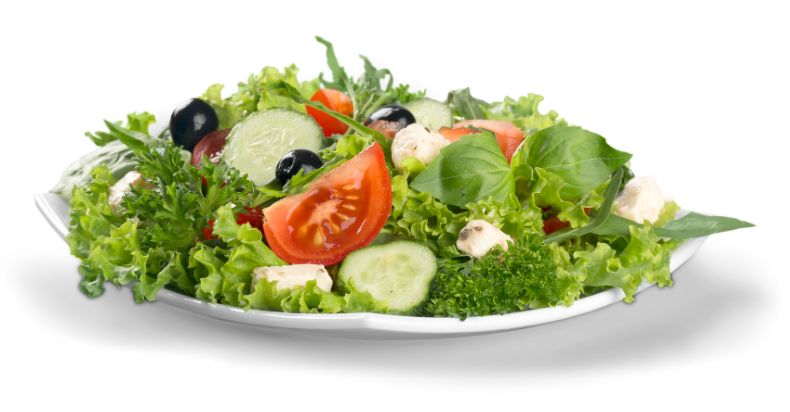
A baby greens salad is more than just a dish; it’s a celebration of young, tender leaves. It typically refers to a salad made primarily of baby greens, be it baby lettuce, spinach, arugula, or a mix of various baby leaves.
The beauty of a baby greens salad lies in its simplicity. The tender nature of the greens means they can easily meld with a variety of flavors, from the tanginess of vegan cheese to the sweetness of fresh berries.
Moreover, the delicate texture ensures that every bite is soft and palatable, making it a favorite even among those who aren’t avid salad eaters.
Pairing Ideas:
A baby greens salad pairs beautifully with light dressings like lemon vinaigrette or honey mustard. Toppings can range from nuts and seeds for a crunch, fruits for a sweet contrast, or even grilled proteins to make it a hearty meal.
Growing and Cultivating Baby Lettuce
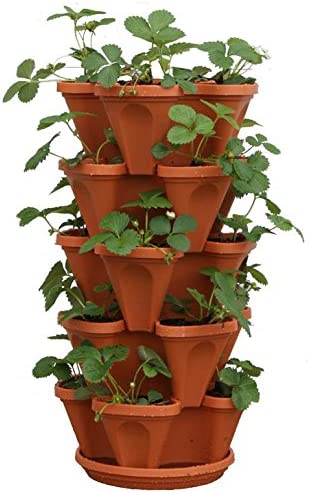
Baby Lettuce Seeds and Growing Tips
Growing baby lettuce at home can be a rewarding experience, offering fresh, organic greens right at your fingertips.
Here’s a step-by-step guide to cultivating your own baby lettuce garden:
- Choosing Seeds: Start with quality baby lettuce seeds(check these ones). There are various mixes available, offering a range of colors and flavors. Look for seeds labeled as “baby” or “young” to ensure you’re getting the right variety.
- Soil Preparation: Baby lettuce prefers well-draining soil rich in organic matter. Before planting, enrich your soil with vegan compost or well-decomposed manure. This not only provides essential nutrients but also improves soil texture.
- Planting: Sow the seeds shallowly, about 1/4 inch deep, and space them a few inches apart. If you’re growing them in pots, ensure the container is at least 6 inches deep.You can also use this lettuce planter.
- Watering: Baby lettuce needs consistent moisture. Water regularly, keeping the soil evenly moist but not waterlogged. A light mulch can help retain soil moisture.
- Sunlight: These greens prefer full sun to partial shade. If you’re in a particularly hot region, consider providing afternoon shade to prevent the plants from bolting (flowering prematurely).
- Harvesting: The joy of baby lettuce is that it’s ready to harvest in just a few weeks! Once the leaves reach a size you’re happy with, typically 3-4 inches tall, gently snip them off with scissors. Leave the roots intact, and you might get a second or even third harvest.
Common Challenges and Solutions
Growing baby lettuce is generally straightforward, but like all plants, they can face challenges:
- Pests: Aphids and slugs are common pests. Keep an eye out for them and consider natural remedies like neem oil for aphids and diatomaceous earth for slugs.
- Bolting: In high temperatures, baby lettuce can bolt, leading to bitter leaves. Regular watering, afternoon shade, and choosing bolt-resistant varieties can help.
- Diseases: Fungal diseases can be a concern, especially in humid conditions. Ensure good air circulation, avoid overhead watering, and practice crop rotation if planting in the ground.
Why Grow Baby Lettuce at Home?
Apart from the sheer joy of gardening, growing baby lettuce at home ensures you have a fresh, pesticide-free supply of greens.
It’s cost-effective, environmentally friendly, and offers a taste that’s unparalleled by store-bought varieties.
Conclusion
Baby lettuce and other baby greens offer a delightful culinary experience, both in taste and nutrition. Whether you’re a home cook or a professional chef, these greens can elevate your dishes to new heights.
So, the next time you’re at the market, why not grab a bunch and experiment? Happy cooking!
